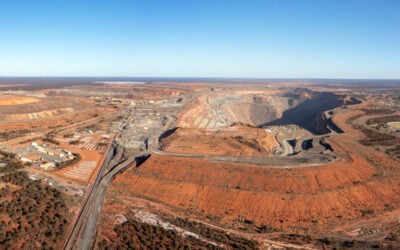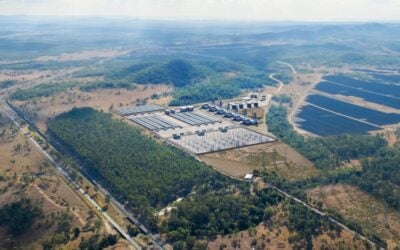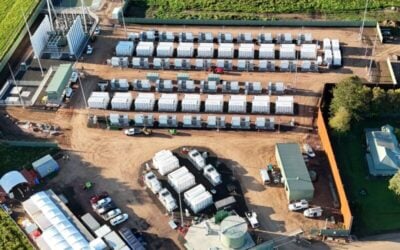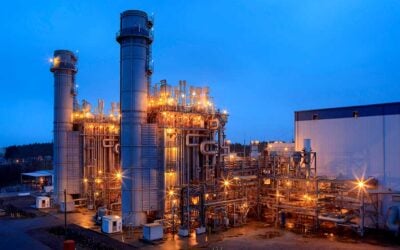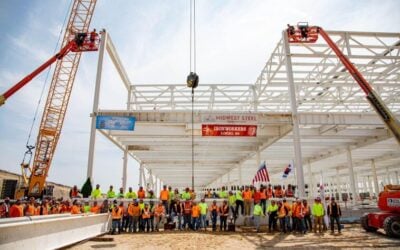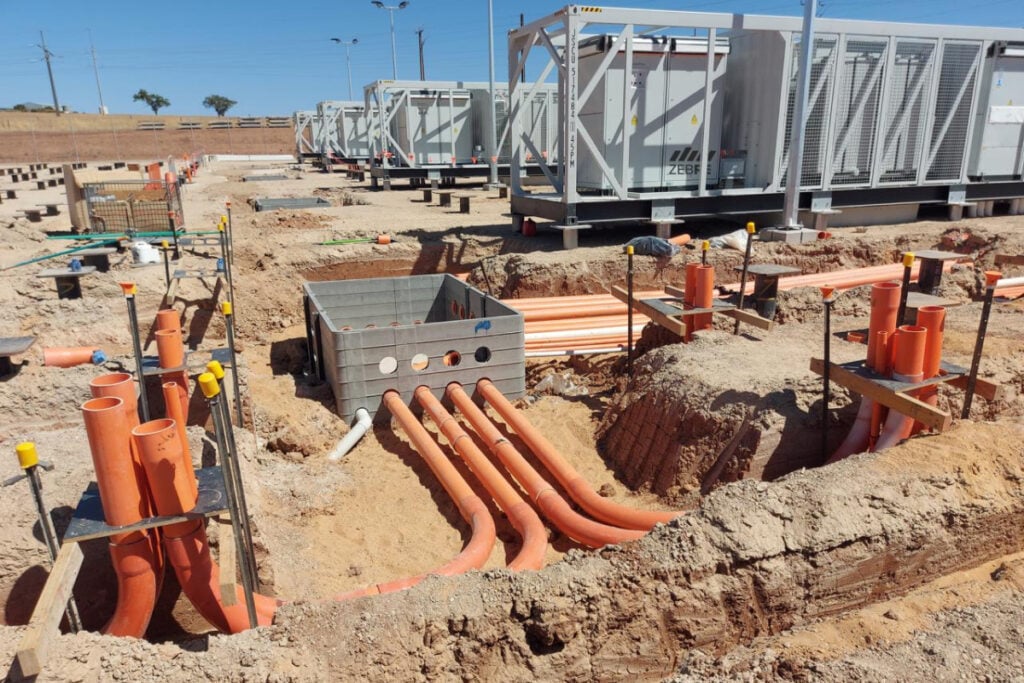
Two battery energy storage systems (BESS) have been submitted to Australia’s Environment Protection and Biodiversity Conservation (EPBC) Act, totalling a potential 3,400MWh of energy storage.
The two projects are named the ‘Talbingo Battery’, in New South Wales, and the ‘Hookey Creek Hybrid Project’, in Queensland. These are being pursued by renewable energy developers ACE Power and ZEN Energy Future, respectively.
ACE Power’s Talbingo Battery
ACE Power’s proposed Talbingo Battery would be a 450MW/1,800MWh grid-connected BESS located approximately 5km south of Talbingo, a small rural town at the edge of the Snowy Mountains.
It will also be close to parts of the wider Snowy 2.0 pumped hydro expansion scheme, which aims to unlock 350GWh of capacity.
Try Premium for just $1
- Full premium access for the first month at only $1
- Converts to an annual rate after 30 days unless cancelled
- Cancel anytime during the trial period
Premium Benefits
- Expert industry analysis and interviews
- Digital access to PV Tech Power journal
- Exclusive event discounts
Or get the full Premium subscription right away
Or continue reading this article for free
Indeed, the EPBC Act application said the BESS will be adjacent to the Lower Tumut 330kV Switching Station, in proximity to the Tumut 3 Power Station, which is said to be the largest operating hydroelectric generator in Australia.
The Talbingo BESS will connect to the Lower Tumut Switching Station through overhead transmission lines, with the connection type dependent on Transgrid, an Australian transmission operator, requirements.
The total project area for the project is 30 hectares. Pre-construction is estimated to take around four months, followed by an 18-month construction phase and commissioning and post-construction, which collectively will take six months. It will operate for an expected 35-year lifetime before being either decommissioned or having its operational life extended.
ACE Power said the battery cells have a design life of approximately 20 years and can be periodically replaced to maintain the BESS’ performance. Discarded cells will be disposed of in accordance with an approved Waste Management Plan.
With a connection to the National Electricity Market (NEM), the BESS will support grid stability while also supporting the uptake of variable renewable energy generation across Australia’s eastern and southern coasts where the NEM operates.
Talbingo becomes ACE Power’s latest grid-connected BESS to have been submitted to the EPBC Act, with the developer seeking approval for its 2,000MWh standalone Burdekin BESS in Queensland.
ZEN Energy seeks approval for 4-8-hour duration BESS
Elsewhere, ZEN Energy, on behalf of its joint venture with Taiwan’s HD Renewable Energy called ZEBRE, is seeking approval from the Australian government for a 200MW solar-plus-storage project.
The co-located BESS will be a 200MW system. However, it will be between 4-8 hours in duration, meaning it could be anywhere between 800MWh and 1,600MWh. It will be co-located with a 100MW solar PV power plant.
According to documents submitted under the EPBC Act, the project will span 263 hectares across two freehold lots, comprising primarily unimproved land used for agricultural grazing.
It will be located 7km southeast of Woolooga, a rural town in the Gympie Region of Queensland.
Little is known about the development, but it will be connected to the NEM, much like the Talbingo BESS. It will then be controlled by ZEBRE, a joint venture that has been rapidly expanding its presence in the Australian renewables and energy storage market.
For instance, in early May, ZEBRE acquired the 111MW/333MWh Templers BESS in South Australia, which, once completed, is claimed to be the second-largest in the state.

